Northern Lights in the UK: An Unforgettable Night-Time Spectacle
13th Sep 2023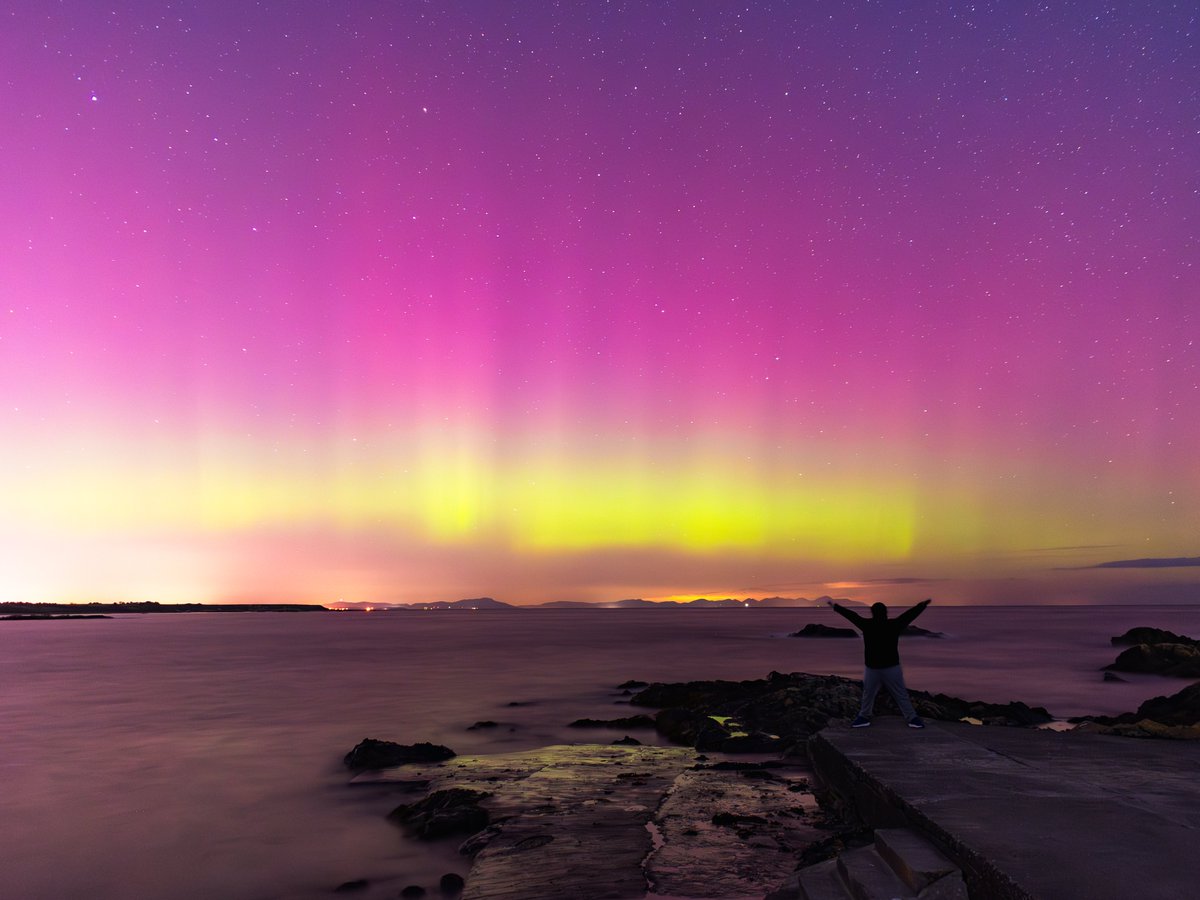
The skies over England on Tuesday, 12h August, put on a mesmerizing display as the Northern Lights, or aurora borealis, painted the night sky in shades of pink, green, and yellow. This natural spectacle was visible across northern England, Scotland, Yorkshire, and even as far south as Cornwall.
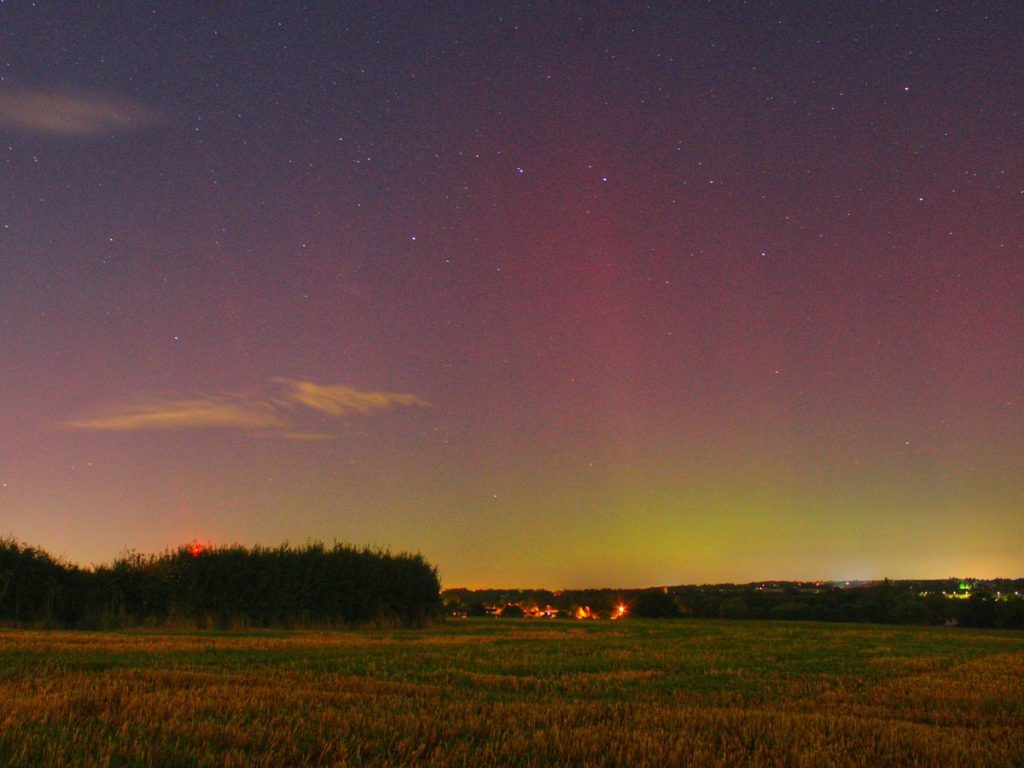
The Met Office says the northern lights occur “as a consequence of solar activity” and “result from collisions of charged particles in the solar wind colliding with molecules in the Earth’s upper atmosphere.”
Photographers braved the late hours of the evening to capture this rare event. Images of the lights, taken from locations such as the Lake District and Northumberland, showcased the vibrant colors of the aurora.
A Night to Remember
Jonny Gios, a resident of Kendal, recounted his experience at the Haweswater Reservoir. “I was there with a friend to take photos of the Milky Way… and instead we got the aurora,” he said. “I absolutely loved it. It was just phenomenal to see it on our doorstep.”
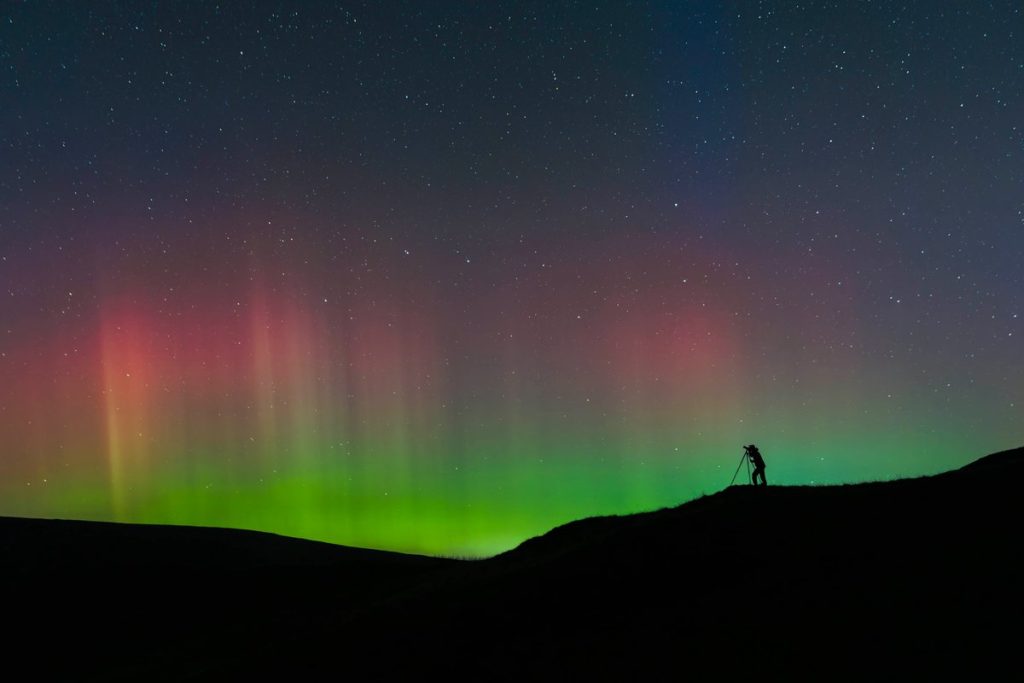
Tom Wright, who watched the display from 21:30 BST until 04:00, described the spectacle as “stunning.” In Northumberland, areas around Rothley Castle, Bamburgh lighthouse, and near the Holy Island Causeway were bathed in the ethereal light of the aurora.
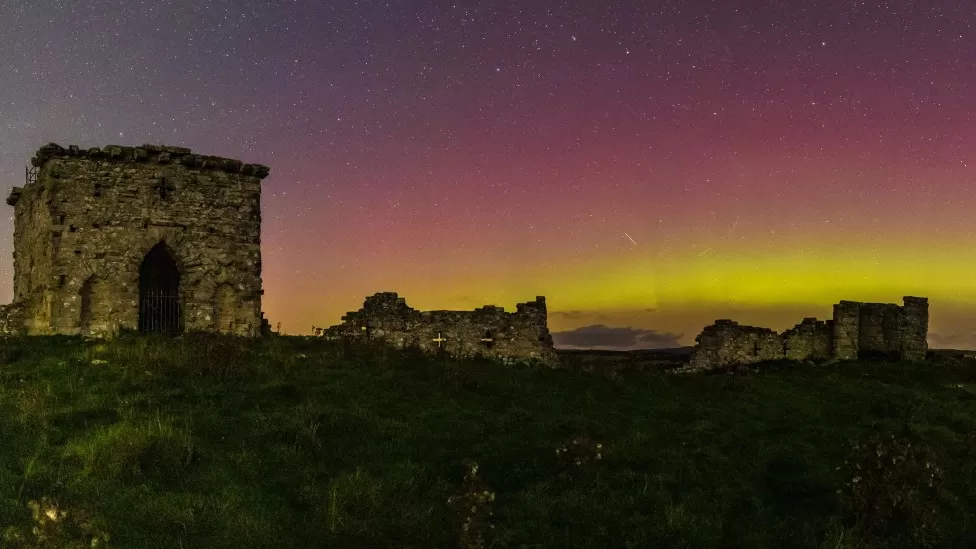
The Science Behind the Northern Lights
BBC weather forecaster Simon King explains that the aurora can happen any time of the year, but sightings are likely to become more regular as we approach the peak in solar activity in 2025. The UK has already experienced the magic of northern lights this year. You can even see the best photos of the recent Aurora Borealis.
This phenomenon is caused by solar activity, particularly solar flares and solar wind. These events on the sun eject a stream of charged particles, or plasma, into space. When these particles reach the Earth, they interact with the magnetic field surrounding our planet.
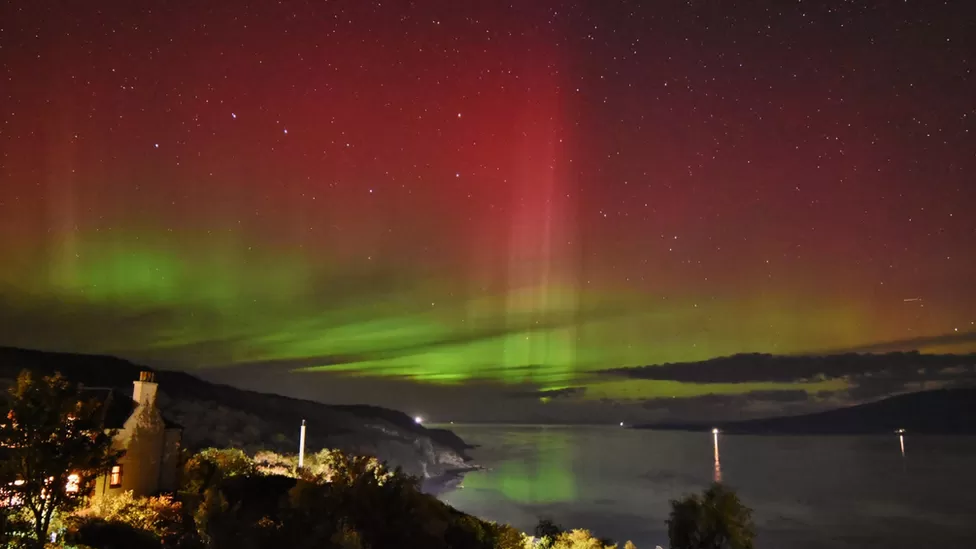
As these charged particles enter the Earth’s atmosphere, they collide with gas particles. These collisions excite the gas molecules, causing them to light up and create the beautiful, dancing lights we know as the aurora. Different gases give off different colors when they are excited. For example, oxygen at about 60 miles above the Earth’s surface will glow a pale yellow-green, the most common color associated with auroras. At higher altitudes, where there is more atomic oxygen, the aurora can appear red. Nitrogen produces blue or purplish-red aurora.
The Northern Lights Reach Further South
This time, in a rare occurrence, the Northern Lights were visible as far south as Cornwall. This spectacle is usually only seen further north, primarily in Scotland. The Met Office describes the appearance of the lights as “large areas of colour including pale green, pink, shades of red, yellow, blue and violet in the direction due north.”
Social media was abuzz with excitement as users shared their experiences of the event. A photographer from Penzance named Nick tweeted about the fantastic display of the northern lights here in Cornwall tonight and presented a variety of incredible photos.
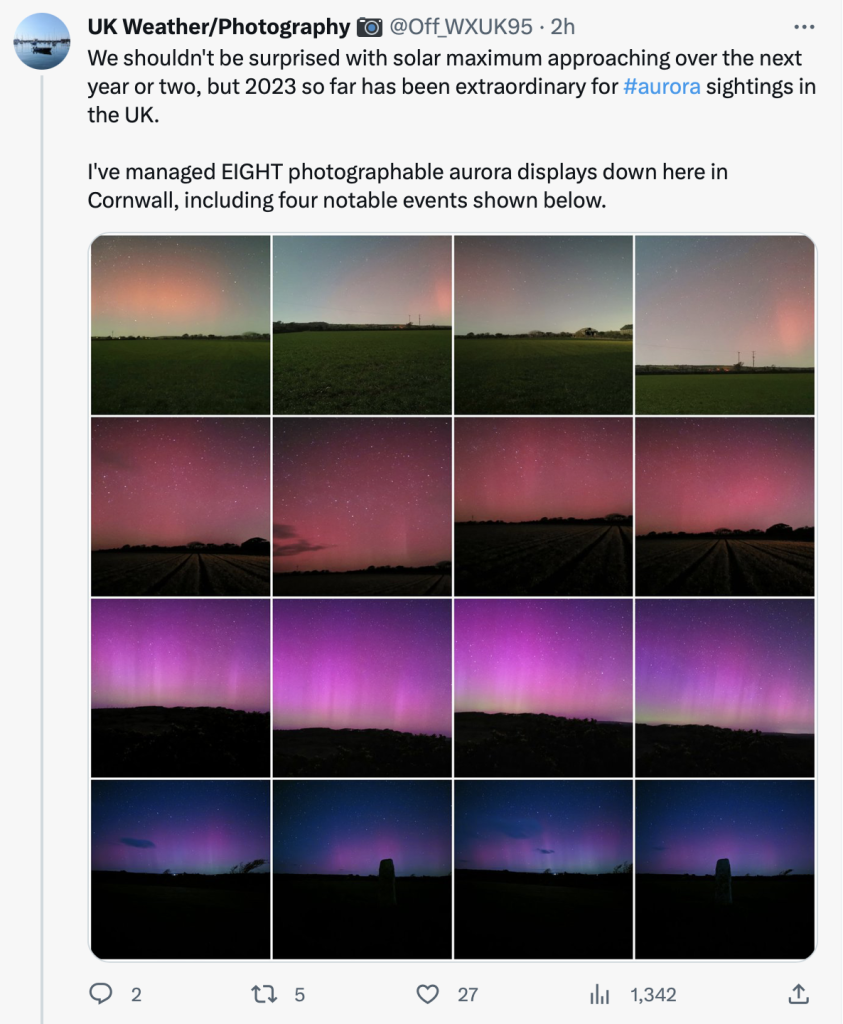
The AuroraWatch UK, based at Lancaster University, issued a “red alert” after 2 a.m., indicating that the aurora would likely be visible by eye and camera from anywhere in the UK.

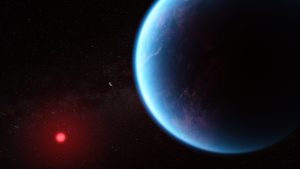
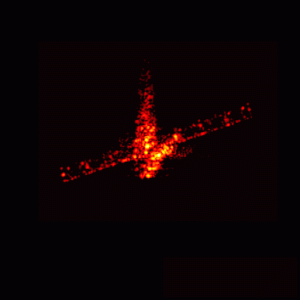



Thank you for your comment! It will be visible on the site after moderation.